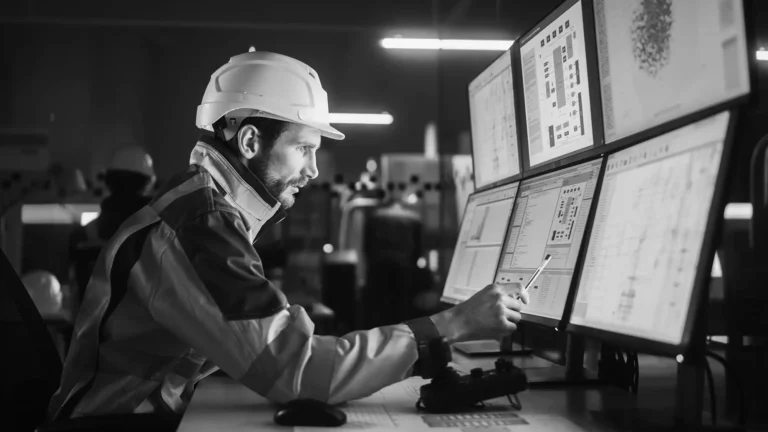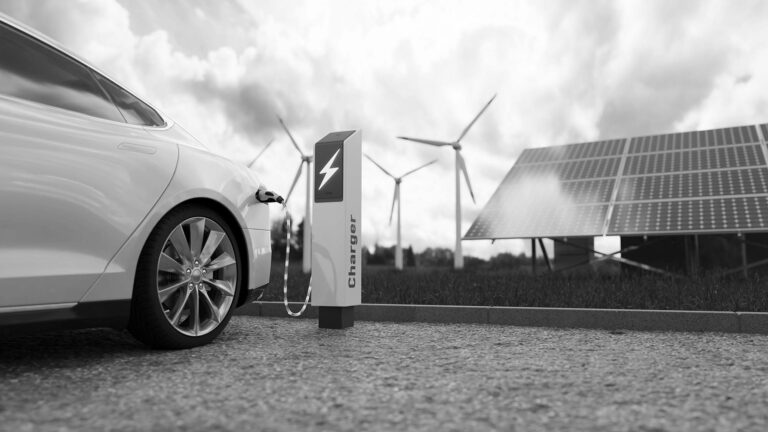The global community is on a precipice. Deadline after deadline has been missed. The clock ticks ever closer to midnight and governments seem clueless on how to move effectively towards sustained progress in terms of a reduction in carbon emissions. It seems that for every positive step, another challenge emerges. Spinning the various plates of industry, finance, environmentalism and productivity in a consumer driven landscape is indeed difficult. In fact, there may not be one solution that addresses every vested interest and meets the ongoing needs of the planet. More and more, scientists and researchers are stating that the solution may lie in a vast number of incremental changes, small successes that combine to reduce the carbon being generated. The difficulty in this is that, as our technological advances continue to impress, so too does the amount of energy required to drive them.
One way of tackling the problem is by looking to each sector individually. An equally spread tax, for example, could be more harmful than positive when some industries are creating vastly more carbon than others. For instance, Our World in Data, a team of researchers, professors and scientists working out of the top universities around the world, recently published its yearly findings. This data gives a sector-by-sector breakdown of where the 50 billion tons of carbon comes from around the world. However, before we even seek to analyze the data, the organization claims that the situation is getting worse rather than better. “Global greenhouse gas emissions continue to rise at a time when they need to be rapidly falling.”

When we look at the overall figures, the outlook is concerning. Of these 50 billion tons, energy generation and consumption accounts for an incredible 74% of the total amount. This figure which includes energy across various fields such as industry, transport and buildings, dwarfs that of cement (3%) and landfills (1.9%). The research, simply put, makes for difficult reading and according to Our World in Data, does not have a simple solution. “This breakdown clearly shows that a range of sectors and processes contribute to global emissions. This means there is no single or simple solution to tackle climate change. Focusing on electricity, transport, food, or deforestation alone is insufficient. Even within the energy sector — which accounts for almost three-quarters of emissions — there is no simple fix. Even if we could fully decarbonize our electricity supply, we would also need to electrify all of our heating and road transport. And we’d still have emissions from shipping and aviation — which do not yet have low-carbon technologies — to deal with. To achieve net-zero emissions, we need innovations across many sectors. Single solutions will not get us there.”
Despite this, energy stands out as being a deeply problematic sector. As researchers and scientists around the world look for cleaner ways to power our society, no stone is being left unturned. In fact, the race for Net Zero has reached the point where scientists are now looking to introduce carbon negative sources of electricity in order to win this battle. While it might seem fanciful, there may actually be something to it. Research from the University of Queensland is showing early promise by designing a proof-of-concept device that actually consumes carbon dioxide in order to generate electricity.
“In fact, the race for Net Zero has reached the point where scientists are now looking to introduce carbon negative sources of electricity in order to win this battle.”
The carbon-negative power generator was designed and tested by Professor of chemical engineering Xiwang Zhang at UQ and works by generating power from the flow of charges. While the concept may seem like something from science fiction, the reality is that it is now a concept that works. “We’ve worked out how to make the positive ions much larger than the negative ions and because the different sizes move at different speeds, they generate a diffusion current which can be amplified into electricity to power light bulbs or any electronic device.” While these are early days in relation to this breakthrough, the next step is to build on the success. “At present we can harvest around one per cent of the total energy carried intrinsically by carbon dioxide but like other technologies, we will now work on improving efficiency and reducing cost,” said Zhuyuan Wang, a postdoctoral researcher and lead author of the paper in a press release.
This innovative tool is only one of many carbon negative initiatives, however. Microsoft recently announced its ambition to become carbon negative by 2030. Not only that, by 2050 the company also aims to have removed from the atmosphere all the carbon it has produced and emitted since its inception in 1975. Meanwhile, AirX Carbon, a producer of plant-based plastic, is reimagining the world of industry in its own way. Unlike traditional plastic, AirX’s plastic comes from sustainable materials and by-products from the coffee industry. “The use of plant-based materials, such as in the production of AirX, offers a unique advantage in capturing carbon emissions. Plants naturally absorb carbon dioxide from the atmosphere during their growth cycle. By utilizing biomass from plants as a raw material for manufacturing, AirX effectively captures and stores carbon within the plant-based plastic. This process helps to mitigate carbon emissions by diverting carbon dioxide from the atmosphere and locking it away in the product.”

In addition to producing power that is carbon negative, AirX’s product has many uses across multiple industries. The company believes that its plant-based polypropylene offers alternatives to traditional materials in areas such as pipes and fittings, roofing and insulation, flooring and many structural components such as beams, columns and panels.
Meanwhile, in the United Kingdom, plans are underway to produce the first carbon negative power plant. The UK government has recently greenlit a $2.5 billion project with energy firm Drax which will see the company produce a carbon negative wood-burning power plant. Using energy created with sustainable materials, the plant will also include carbon capture mechanisms which will store the embodied carbon under the North Sea. The company is seen by many as a leading light in terms of carbon negative energy. “We achieved a 74% reduction in carbon intensity of power generation, from 311 tCO2 / GWh in 2017, down to 80 tCO2 / GWh in the first half of 2021. In the first half of 2021, our CO2 emissions per unit of electricity were just 9% of their 2012 amount (882 tCO2 / GWh) – a decrease of 90.9%.”
While many of these innovations are in their infancy, it is heartening to see that despite the difficult figures we are being forced to endure, much is being done behind the scenes. Through a combination of natural and innovative methods, industry —and in particular the energy field— may yet turn things around for good.


















